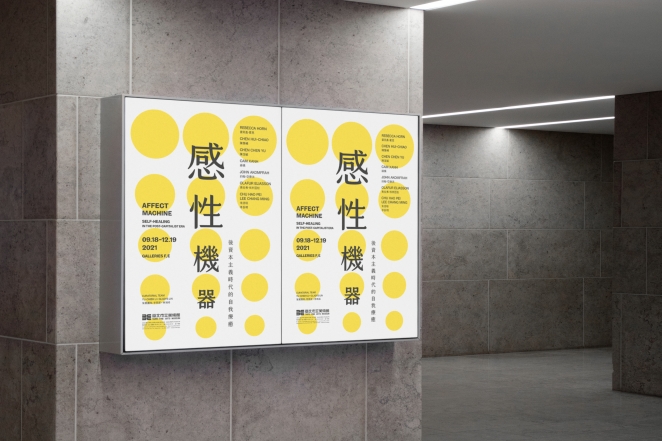Rosy Tsai is a creative director and graphic designer with more than 10 years' experience working both agency and brand side. Specialising in branding, art direction and typography, her work has spanned countless industries and sectors, including fashion, art, hospitality and print publishing.
Applying a keen eye for detail, and drawing on her Bachelor's degree in Theatre, Rosy's work is often emotive and driven by storytelling. The co-founder of Article Magazine, alongside fashion director Kenny Ho, Rosy was also the Group Head of Design at Soho House until 2020.
Rosy, who lives and works in London and is fluent in Mandarin Chinese and English, is the latest Creativepool user to fall under the gaze of our Member Spotlight. Below, she’ll introduce us to her creative process, her unique insights gained during her theatre training and the value in being a nice person.
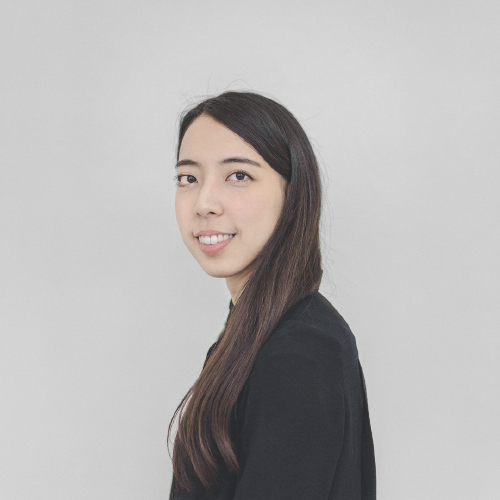
How did you get into the industry?
After starting as an intern at Tank Magazine, I was taken on as a designer. That settled my career in the editorial and art direction field.
Where are you based now and who do you work for?
I am based in London and have been freelancing since the pandemic, which was a nice shift of pace and focus after working for brands and agencies for a long time.
If you weren’t in your current industry, what would you be doing?
I’d be a florist. I always admire ikebana – to me, the art of arranging flowers seems to resemble typesetting in a layout, but in a three-dimensional space instead of on a 2D layout. What goes first to become the focal point? How are the individual parts spaced and how does each relate to the other? What is the impact of combining different varieties, and how does that change in different settings?
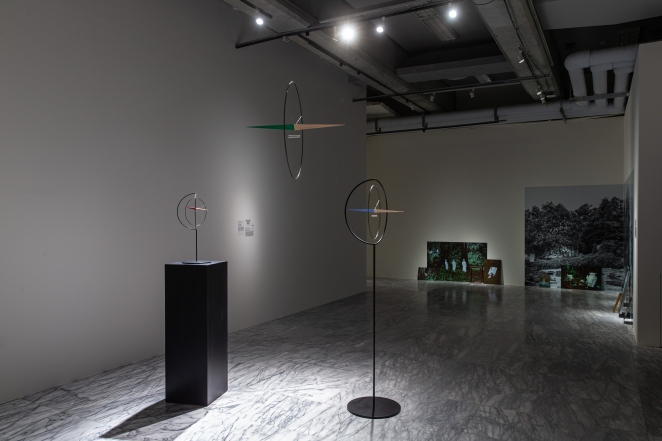
Can you explain your creative process? What makes it unique?
My bachelor's degree was in theatre, and I still draw upon that within my creative process, spending a considerable amount of time researching and building a solid foundation of knowledge – as if I was studying a character.
What’s the background? What era would it be? What’s the world around it, and how does it behave within that space? People often describe my work as emotive and storytelling, so I guess that’s where that comes from.
How would you describe your style?
Clean and considered. Quite frankly I don’t think I know how to do a busy design – I always admire designers who can draw attention to focal points that are set amid a lot of noise.
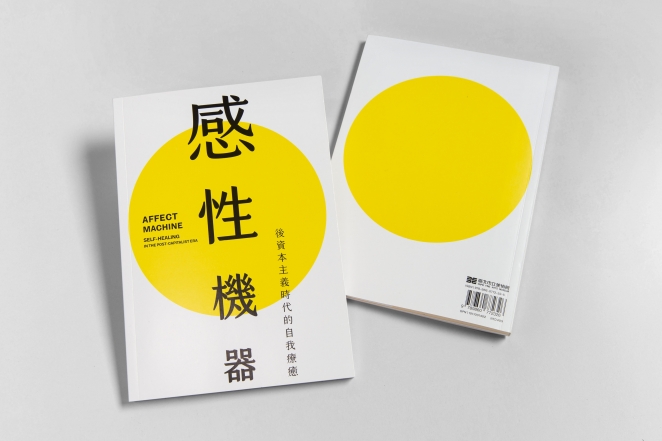
Which individuals do you gain inspiration from? Do you have any heroes in the industry?
The inspirational figure differs from project to project, depending on what field I am studying at that moment. Aside from that, I don’t really draw inspiration from specific individuals. For me, it comes from daily research; I have a pool of Pinterest boards with different subjects where I pin stuff that I find interesting. Over time they become my personal library.
In terms of design heroes, my number one would be A Practice for Everyday Life. Their design is immaculate, every single detail has its reason for being. Their research and storytelling also show how deeply they explore the brand.
I also had the pleasure to hear Paula Scher speak a couple of years ago – I see her as a great force in the industry because, not only does she know the creative process, but she also has empathy towards designers, and that makes her a successful leader.
What tips would you give to aspiring creatives looking for work?
Do the research and understand your abilities and strengths in the industry. Make a list of places and people you’d like to work for, have some as your dream and some within your league. Make sure every time you look for work you move closer to where you want to be. I feel the first job in the industry can really set your tone, so don’t compromise but also be realistic.
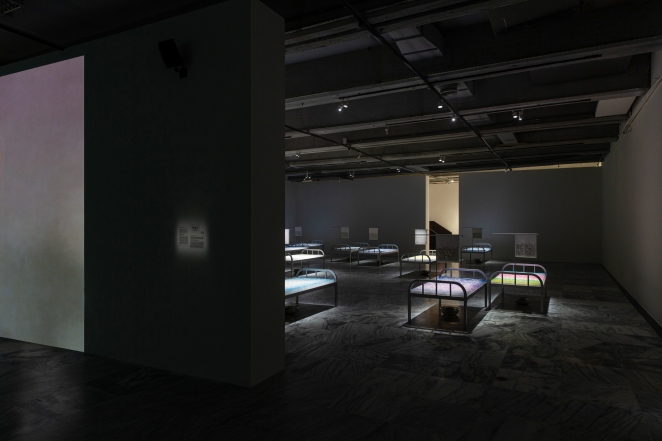
What tips would you give to other professionals to get more clients?
Be a nice person. There’s no shortcut. Most of my freelance projects have come from old contacts – word-of-mouth recommendations or friends’ introductions. When people come to you based on that reputation, they can be some of the best clients because they’re already buying into you.
What kind of tools/kit/software could you not do without?
A pencil, a (good) pencil sharpener, an ink pen, a notebook to draw on, Wacom and Adobe creative suites.

What’s your secret to staying inspired and motivated?
Getting out into the world and finding mental or creative stimulation. This can be exhibitions, performances, markets… even window shopping can help, as it shows how others do packaging and typesetting. There are many great designs at the moment as all brands are pushing to stand out.
What’s the work achievement you’re most proud of?
I am proud of most pieces in my portfolio as they each mark different milestones in my career. If I have to choose, I’d probably say Article Magazine, as I single-handedly designed the first eleven issues, including print spec-ing.
Another one would be the reformatting of House Notes, the in-house global publication for Soho House’s members. This project was driven by my own passion for sustainability and the final design proposal reduced waste, saving the equivalent of 13,000 sheets of paper on each monthly issue.
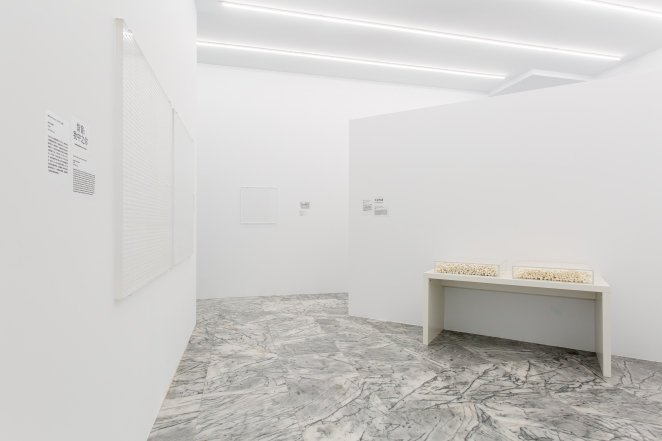
What is the one thing that you would change about the industry?
We should pay more attention to sustainability, champion it and be pioneers. The clients will almost always want to produce more, thinking more POS/ direct mailing/ tote bags will help sales – but do they really? As the consultants for the brands, I really feel like we have a unique position to help set up the strategy and guide the clients for a more sustainable and creative solution.
Any websites, books or resources you would recommend?
Taku Satoh’s book 塑する思考 [it roughly translates as Thinking About Plasticity], explores his creative process on selected projects of his and is really inspiring. I hope there’s an English version somewhere. The other resource book I love is A Dictionary of Colour Combinations, which is based on principles originated by Sanzo Wada. The colour combinations are unexpected and super sophisticated.
